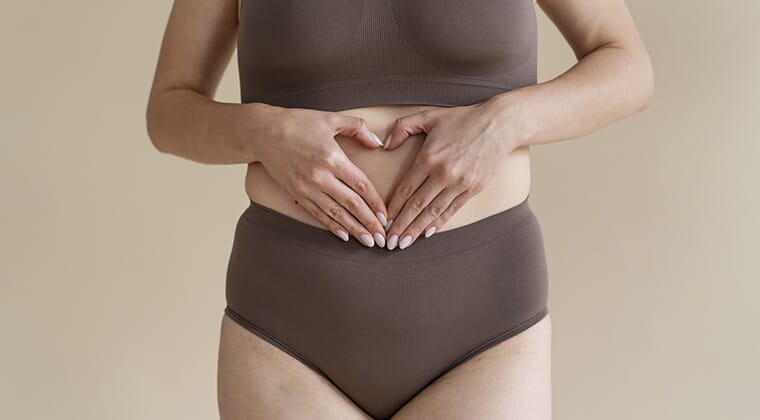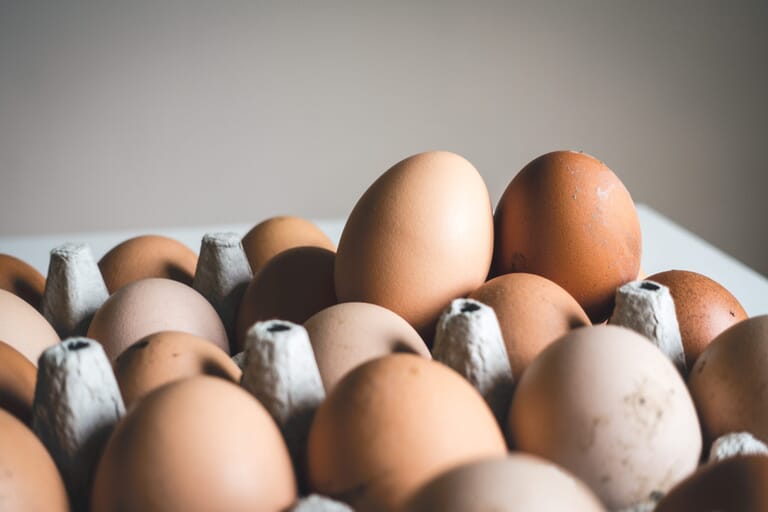What happens at each stage of an IVF Cycle?
How long is an IVF cycle? What happens at each stage? And what’s the difference between a short and a long protocol? These are probably all questions you have if you are considering IVF.
As one of the most popular assisted fertility treatments, the process helps thousands of people become parents every year – but what does each stage involve? Fertility Nurse Liz Harrison is here to explain it all.
Before you start your IVF cycle – you have your investigations
Before starting treatment you normally need 1-2 appointments for investigations and an appointment with the doctor and nurse. These tests can include:
- The results of an ovarian assessment
- Either a semen analysis result, or confirmation that a donor sperm has been procured
- A recent hormone profile for female patients receiving treatment
- Virology screening results for female patients receiving treatment, unless receiving IUI
- Virology screening results for male partners unless using donor sperm
- The results of a smear test for female patients receiving treatment
- The results of a rubella test for female patients receiving treatment
These tests will help determine if IVF is definitely the right option for you and will also help your medical team decide the best protocol to go on (but more on that later). You may require further investigations prior to starting treatment such as a hycosy.
First appointment,
At the first appointment following all your investigations it will be discussed with your doctor which protocol you will go on. There are two main types of IVF cycle: long protocol or short protocol. Protocols refer to the protocol of hormonal stimulation you will receive to prepare for your treatment. For both protocols, the medication is the same but the dosages, and the period of time over which they’re administered, is different. Whether you go on a long or short cycle will generally be determined by your medical history and your reasons for infertility but your personal concerns and preferences will also be taken into consideration.
Scheduling appointment
You will then have a scheduling appointment with the nurse. Together you will work out the rough timeline of your treatment depending on your length of cycle. Consent forms will need to be signed by you and your partner and this is the time to ask any questions or raise any concerns. It might also be the time that fertility counselling is suggested
This appointment is also the chance to make sure all the Ts are crossed and Is are dotted and make sure all relevant test results are back.
Long or Short protocol?
Depending on whether you are going for a long or a short protocol, the start of your IVF process will be slightly different. Here’s what you can expect for each protocol.
Long protocol
First day of period call unit, – make sure you have all medications to begin treatment
Ensure that you have attended a scheduling appointment and all consents are signed and investigations are completed
Day 21 of your menstrual cycle – Start down regulation drugs. Down regulation is about making the ovaries small and quiet and the womb lining thin, so they are in a good place to start stimulation. Down regulation is turning off the ovaries and stopping the body from ovulating before egg collection. This continues until your follicles have grown to the right size.
After 2-3 weeks of down regulation, you need a scan to check ovaries are quiet and endometrium is thin, if all looks good you can then start follicular stimulating injections.
Short protocol
First day of your period, you would call the unit (make sure you have all medications to begin treatment). Sometimes your doctor might suggest the oral contraceptive pill to plan the cycle.
Ensure that you have attended a scheduling appointment and all consents are signed and investigations are completed
You’ll have a scan on the 2nd or 3rd day of your period. The scan will be checking that the lining is thin and the ovaries are quiet and if all ok you will start follicular stimulating injections. You start taking an injection once a day around the same time each day into your stomach
On day 6 of stimulation, you start an anti gonadotrophine such as cetrotide which stops your body from ovulating. This is continued until your follicles have grown to the right size.
From here the duration of treatment is the same. Once you start stimulation drugs you may need approx 2- 5 scan appointments depending on your body response, previous response, or whether you have conditions such as PCOS or OHSS,. It will also depend on your body’s response to the stimulation as to how many scans and blood tests you will need and when you are ready for egg collection.
Day 6-10 of stimulation – Additional scans and blood tests may be necessary, every couple of days. This may be if you have a high AMH, PCOS, previous OHSS,
Day 9-10 – You’ll have a scan to measure the size of the follicles. Egg collection can only happen once there are at least 3 follicles, 18mm or more and your endometrium (womb lining) measures 8mm or more. If all of this looks good at your scan – you’re ready to schedule your egg collection!
HCG injection is given 36 hours prior to egg retrieval. HCG is in the urine of pregnant women and is identical to that of LH and is responsible for the final maturation and release of the egg. Side effects of HCG include feeling irritable, restlessness, fatigue, fluid retention, breast tenderness, and pain at the injection site.
If the male partner is producing a sample they will be asked to produce a semen sample on the day of egg collection, and will be advised to abstain from ejaculating for 2-3 days prior to the day the sample is required.
On the day of egg collection, you and your partner will need to attend the clinic and depending on what sedation the clinic uses you will be told to be nill by mouth.
After the egg retrieval, you take 1-2 days to recover. You will be given after care advice by your clinic and contact numbers to ring If there are any concerns. You will also be told to start progesterone – this could be in the form of vaginal pessaries or injections. You will take progesterone from this point up until you are ready to take a pregnancy test.
Whilst you are recovering, your clinic will be busy combining your harvested eggs with your sperm sample to create an embryo. This process can take a couple of days whilst your clinic waits to see which of the eggs have been fertilised. They will get in touch to tell you how many viable embryos you have!
The embryologist will then decide on the best day for embryo transfer; this will normally be on day 2, 3, or 5 following egg collection. Usually, only one embryo will be transferred – or in some cases 2. Any other viable embryos that you don’t use during this cycle can be frozen for use down the line.
After embryo transfer, it’s a waiting game. During this time, you will understandably be nervous, excited and anxious, but try to rest and look after yourself physically and mentally. You will be told to do a pregnancy test 16 days after egg collection and it’s advisable to wait until that point – otherwise, you may get a confusing result.
Hopefully, at this stage you will get the news you have been hoping for, but if not your fertility clinic will be there to support you and help you plan your next steps on your fertility journey.
If you want more advice on everything to do with your IVF cycle – you can join Parla for free and find a full, detailed expert led guide on all things IVF – and even some meditations to keep you calm through the process!





